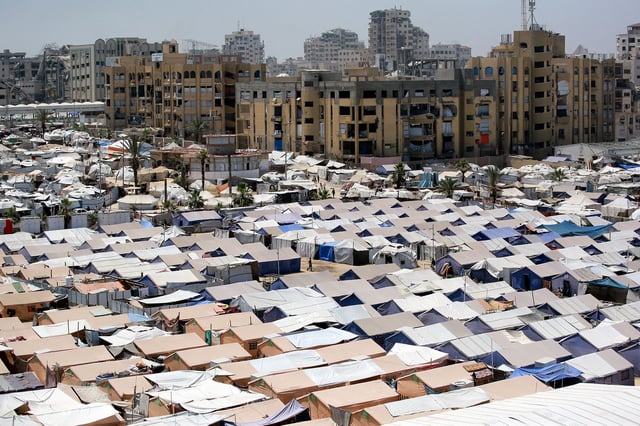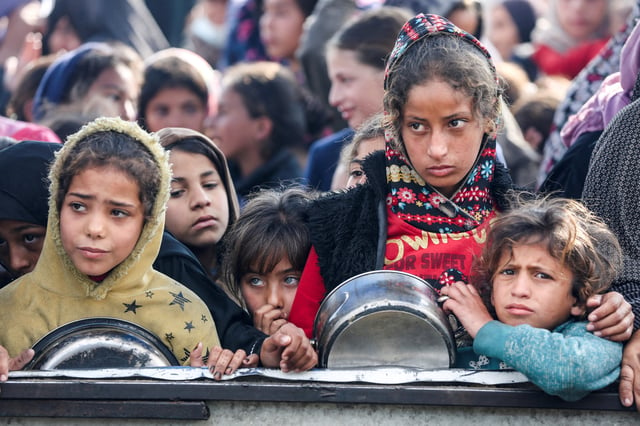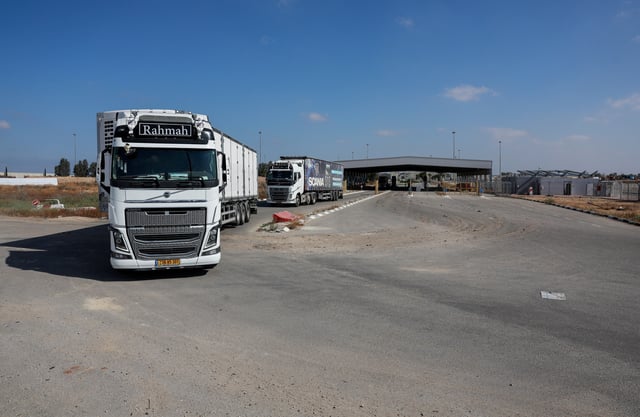Overview
- Israel has eased its blockade, allowing around 90–100 aid trucks into Gaza daily, far below the pre-blockade average of 600 trucks.
- New Israeli-imposed procedures and inspections have caused significant delays in aid distribution, leaving many Gazans without access to essential supplies.
- The United Nations reports that a quarter of Gaza's 2.3 million residents face famine risk, with malnutrition rates escalating sharply, particularly among children and mothers.
- Ongoing Israeli airstrikes and ground operations have further devastated Gaza, killing over 35 people on Thursday alone and crippling the healthcare system, with most hospitals nonfunctional.
- Humanitarian organizations warn that the current aid flow is insufficient to address the worsening crisis, as international pressure mounts on Israel to fully lift the blockade.


